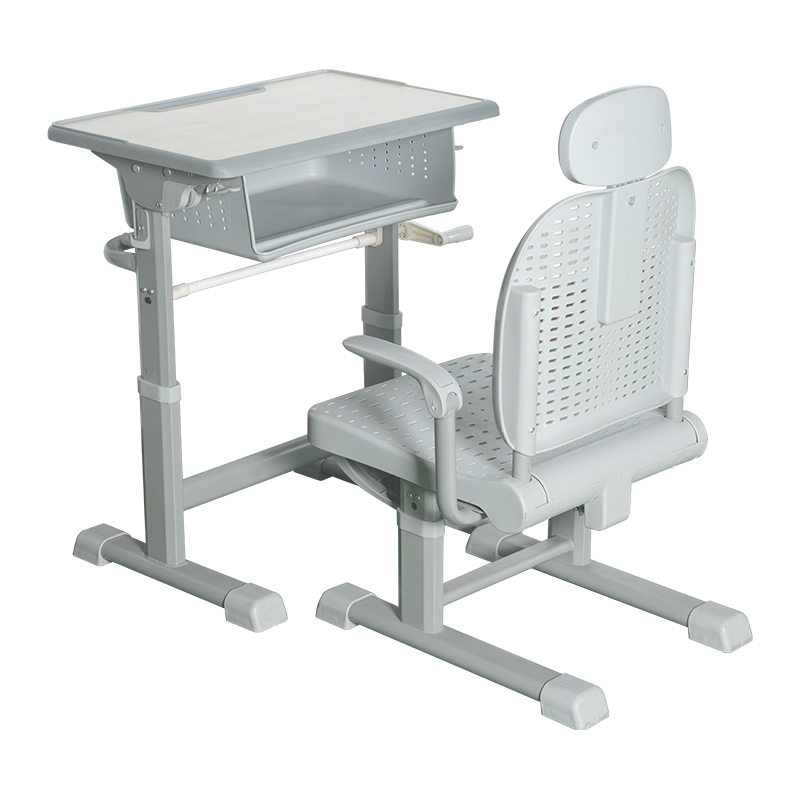Classroom desks and chairs have been integral components of the educational environment for centuries, evolving in both design and functionality to meet the changing needs of students and educational institutions. The history of the classroom desk and chair set can be traced back to ancient civilizations, where seating and writing surfaces were minimal, but functional. In the early years, students often sat on the floor or benches with little or no support for writing. This setup was not ideal for long hours of study and limited the comfort and health of learners.

In the 19th century, the industrial revolution brought significant changes to many aspects of society, including education. During this time, schools began to adopt more standardized furniture. The recognizable classroom desks were created from wood and metal, often in simple designs, providing a flat writing surface for students. The chairs were typically wooden, hard, and lacked support, reflecting the utilitarian nature of early classroom furniture.
By the early 20th century, the classroom desk and chair set underwent significant improvements in design. Educators began to recognize the importance of ergonomics, especially considering the growing concern over students posture and comfort. The introduction of adjustable desks and chairs during the mid-20th century was a key development, allowing students to adapt the furniture to their individual needs. This shift was influenced by a growing awareness of the importance of comfort and ergonomics in fostering better learning environments.
The late 20th and early 21st centuries have seen further advancements, with the incorporation of plastic materials, ergonomic features, and even collaborative designs for group learning. Modern classroom desk and chair sets are now designed with flexibility in mind, offering options for individual desks, group workstations, and adjustable features to accommodate different age groups. Todays classroom furniture continues to evolve, embracing both technology and comfort, ensuring that students have the tools they need to succeed.
The development of childrens wooden desk and chair sets reflects a broader trend of increased attention to comfort, safety, and functionality in educational furniture. Wooden furniture has been a staple in childrens study areas for centuries, known for its durability, natural aesthetic, and structural integrity. However, the design and purpose of these pieces have evolved significantly over time.
In the early days, childrens furniture, including desks and chairs, was relatively simple, often crafted by hand from local materials. These sets were typically large and not specifically designed for young learners. The desks often featured just a flat surface with minimal storage, while the chairs were basic and uncomfortable. This simple design, however, was all that was available in the classrooms of the past and did not prioritize comfort or ergonomics.
As the importance of child development and education became more recognized in the late 19th and early 20th centuries, manufacturers began to take a more child-centered approach to furniture design. The introduction of ergonomics became central to the development of childrens furniture. The wooden desk and chair sets were now being crafted to better suit childrens proportions, offering height-adjustable options for growing children. These sets began to include more thoughtful features like footrests, curved edges for safety, and larger work surfaces to accommodate books and learning materials.
By the mid-20th century, children's wooden desks and chairs began to incorporate more advanced designs with an emphasis on flexibility and comfort. Designers paid attention to the importance of posture and alignment, ensuring that children could sit comfortably for long periods. The use of lighter wood and smoother finishes made these sets not only functional but also aesthetically pleasing. The furnitures durability was enhanced, allowing it to withstand the rough handling typical in childrens environments.


 English
English русский
русский Español
Español عربى
عربى
